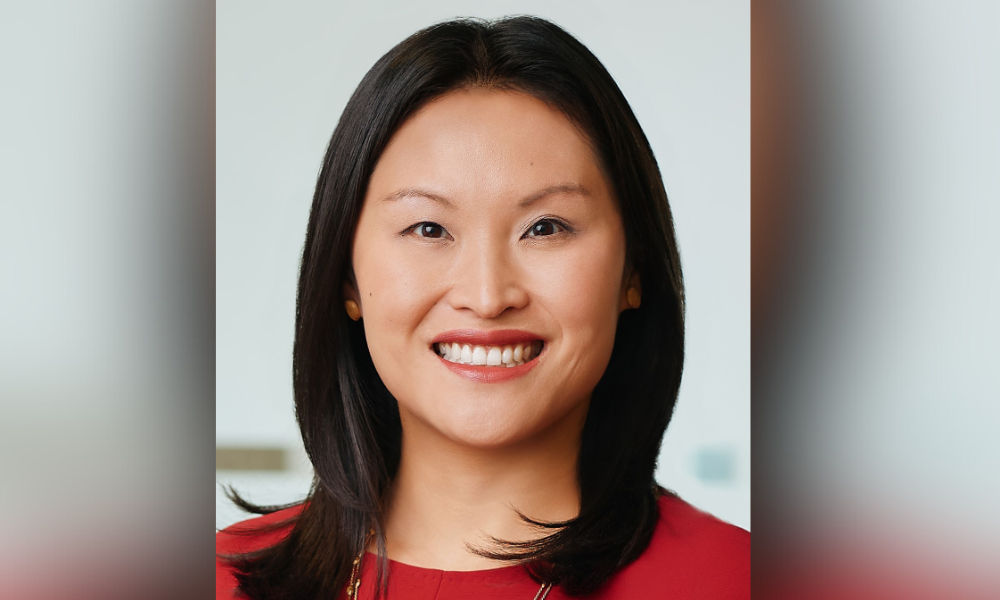Artificial intelligence and big data’s usefulness for monetization and to enhance service delivery is having the same transformational impact on the healthcare sector as every other. Lawyers advising the industry are also dealing with the pandemic-ignited growth in virtual care and its attendant privacy and other legal requirements.
AI has changed and continues to change the delivery of healthcare, says Susan Newell, a corporate commercial lawyer and partner in Osler, Hoskin & Harcourt LLP’s health industry and cannabis groups. Newell’s clients are developing new technologies and methods to bring healthcare services to patients. Much of this technology incorporates AI, and she is fielding many inquiries about best practices for implementation. Technology providers and health-product manufacturers are asking what they are allowed to do with the data the tools collect, how to leverage it, and where patient consent is necessary. The navigation of privacy law this data use requires applies to the healthcare world differently than to other contexts.
“Now, more than ever, privacy and technology considerations are paramount to the delivery of healthcare services,” she says.
Heather Whiteside, a member of Fasken Martineau DuMoulin LLP’s privacy and cybersecurity practice group with a practice focused on health law, says the healthcare sector is increasingly using generative AI for administrative tasks. Practitioners are using tools that automate note-taking, prescription filling, and referrals. She also has clients who are using AI to predict human resources capacity.
“Based on weather patterns and historical ER visits, they can assess how many people that they expect to walk into their ER on any given day. That has huge impacts on the delivery of care.”
When it comes to regulatory guidance on AI, there is nothing yet specific to healthcare, says Newell. However, healthcare regulatory colleges have issued some guidance on things like ensuring physicians obtain patient consent when using AI scribes, for example. She expects a “waterfall effect,” like what occurred with virtual care. Everything was new, and regulatory authorities began to adopt guidance, and other jurisdictions quickly picked up on what the others were doing to implement their own, perhaps adding more restrictions and rules.
“I anticipate it’ll be a similar rapid adoption of those guidelines and parameters on how to use these healthcare technologies in practice.”
Newell says there are two tensions at play. Physicians want to use new AI-powered technology in their practices and require guidance from their colleges to do so appropriately. Health Canada also requires that AI and machine-learning software used for medical purposes be properly licensed as a medical device. “You’ve got two separate sets of rules that are being developed and evolving in parallel there,” she says.
While medical professionals used virtual care – or telemedicine – before COVID hit in 2020, its use exploded during the pandemic.
Dr. Gary Srebrolow is a partner at Blaney McMurtry LLP. A former dentist, one aspect of his practice is advising healthcare professionals. When it comes to virtual care, Srebrolow primarily advises doctors regulated under the College of Physicians and Surgeons of Ontario (CPSO) and naturopaths regulated under the College of Naturopaths of Ontario (CONO).
A basic standard of the CPSO is that patients using virtual care must enjoy the same standard of care that they would if receiving care in person. There is no easing of the rules because it is a virtual appointment. If the patient is in pain or needs a physical assessment or examination for another reason, the standard of care cannot be met virtually. Practitioners must keep documentation and records in proper order. They also cannot offer an exclusively virtual practice.
The best interests of the patient are a critical standard that doctors must maintain, says Srebrolow. Both the CPSO and the CONO require that the practitioner use virtual care only if the patient’s best interests are served by virtual care.
Sophie MacRae, a corporate commercial lawyer at Fasken who advises clients in the healthcare sector, says that jurisdictional issues are another significant aspect of the legal advice she gives clients providing virtual healthcare. Some regulatory colleges require their physicians to provide virtual care only to patients in their own province. For example, in Ontario, subject to “relatively narrow exceptions,” the CPSO mandates that physicians providing virtual healthcare to patients in Ontario must be registered in Ontario. Other jurisdictions require only that the physician is registered where they provide the care, regardless of where the patient is.
“You could have both obligations apply,” says MacRae. The college in the physician’s home jurisdiction could take the view that they govern them, while the college in the patient’s jurisdiction could take the view that they govern the physician. In that case, the physician would need to provide services according to the requirements in both jurisdictions, she says.
“The registration piece is a significant one that clients will have to consider if they’re expanding their virtual care businesses across Canadian jurisdictions.”
On the jurisdictional issue, Srebrolow adds that if the patient moves outside of Canada, the practitioner must consider whether they are essentially practising medicine in that jurisdiction by seeing that patient. The practitioner may need a medical license in a foreign jurisdiction to provide that service. On the other hand, if the patient was on vacation or temporarily out of country, the colleges would view that differently, he says.
Insurance is a grey area, says Srebrolow. While the Canadian Medical Protective Association will cover Canadian doctors who are sued in Canada, doctors will generally be ineligible where the matter arose outside of Canada or if the patient or doctor is outside of Canada on a long-term basis. Defending a case is much more expensive in the US, he says.
Whiteside says that since COVID began, she has received many inquiries about cross-border care. She has US clients who have developed a model of either in-person or virtual care. Because of COVID and other health-system pressures, they want to expand and map their model onto the Canadian health system. US clients are often unfamiliar with the single-payer healthcare model and assume that they can transplant the privacy compliance frameworks they have implemented south of the border.





